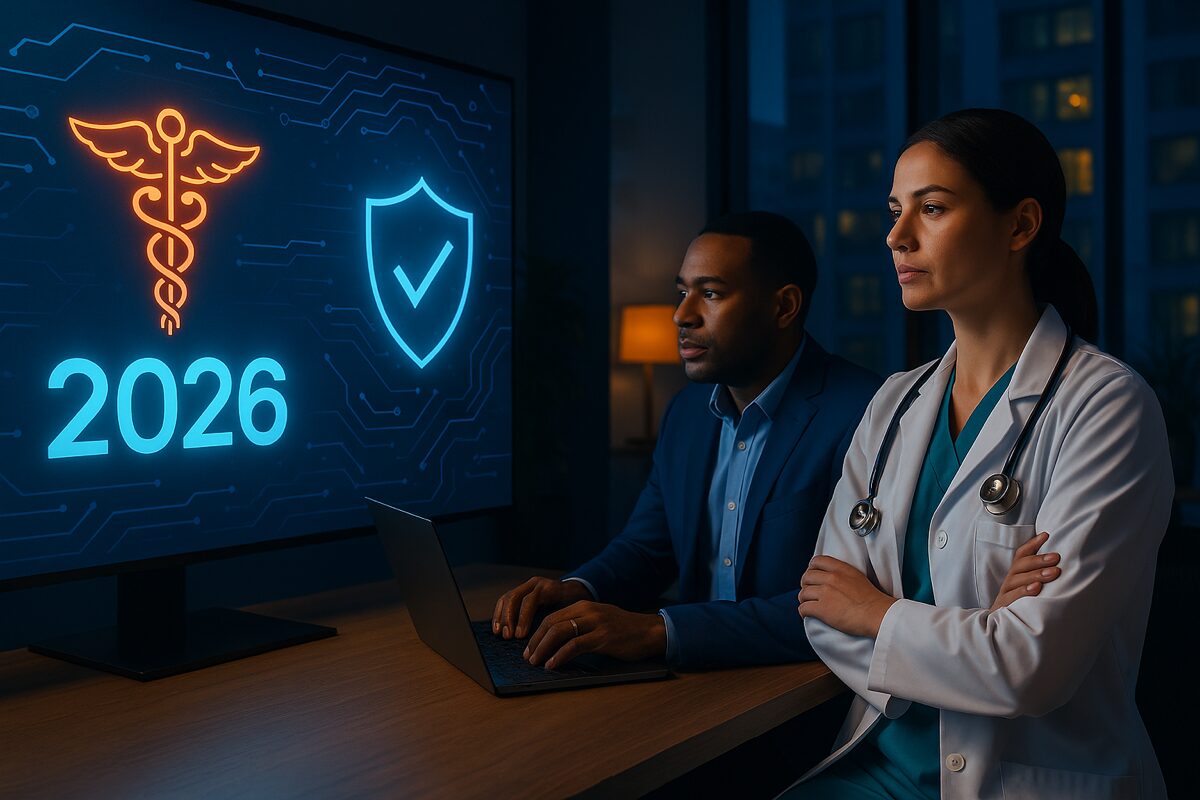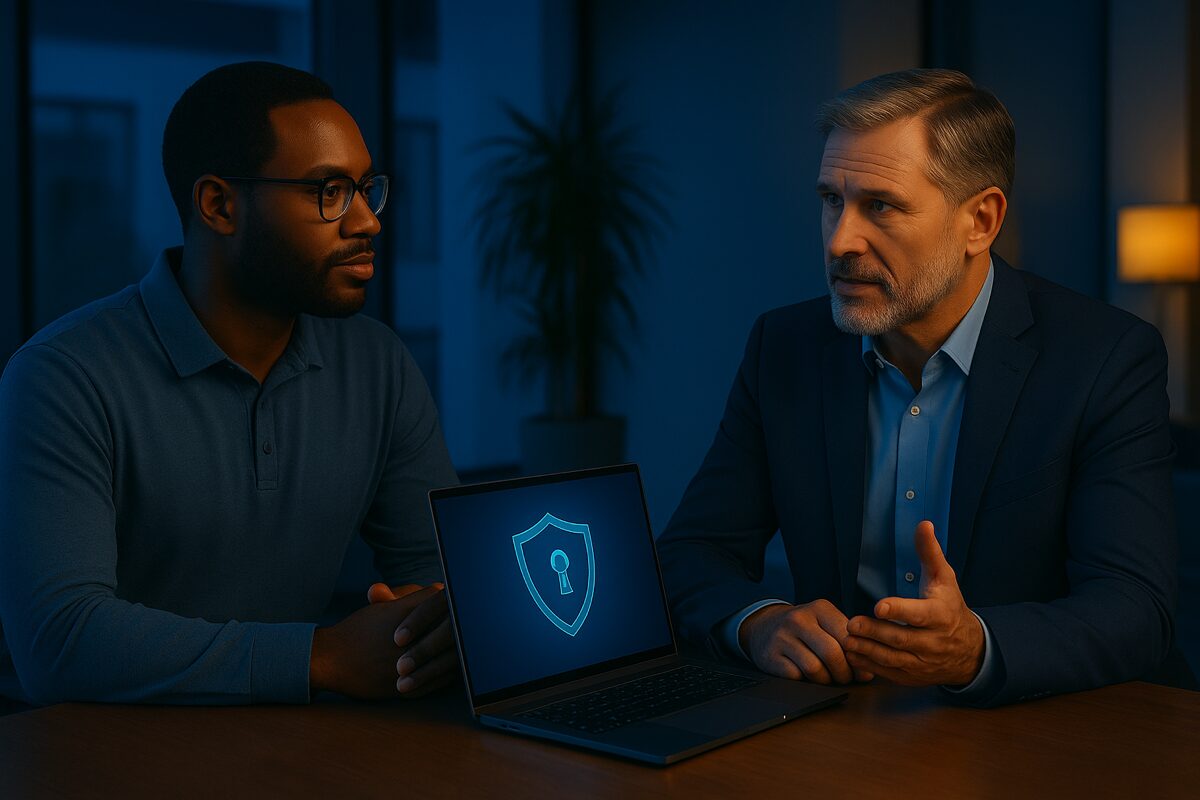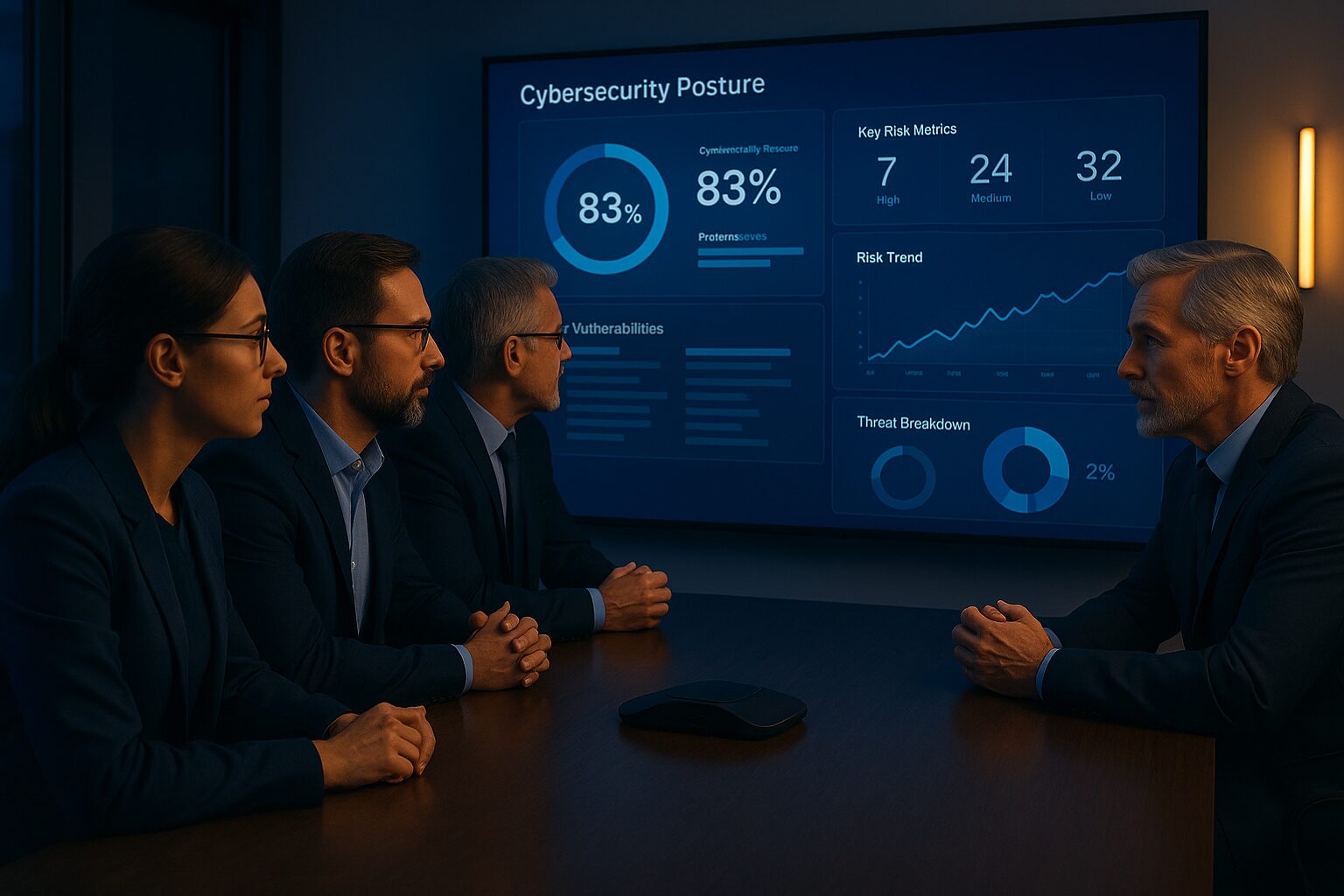Virtual desktops—also called Virtual Desktop Infrastructure (VDI)—allow your team to securely access design software, project files, and data from any device, anywhere. Instead of relying on expensive local workstations or clunky VPN connections, all computing power and data live in a centralized cloud environment.
For architecture, engineering, and construction (AEC) firms juggling massive CAD and BIM files, distributed project teams, and growing cybersecurity requirements, VDI can be a game-changer.
In this article, we’ll answer key questions firm leaders ask, like:
- How do virtual desktops help architecture and engineering firms work more efficiently?
- How do they compare to traditional desktops and VPNs?
- Can they really reduce IT costs while improving security?
Why Are Traditional IT Setups Failing Architecture and Engineering Firms?
AEC firms face unique IT challenges:
- Heavy design workloads – CAD and BIM tools like Revit, Rhino, and AutoCAD require high-performance machines that age fast and cost thousands to refresh.
- Remote and hybrid work – Project managers, field staff, and contractors need access to files outside the office, but VPNs often struggle with large 3D models.
- Sensitive client data – Firms hold proprietary designs, bid documents, and private client information—prime targets for ransomware attacks.
- IT complexity – Every local workstation or field laptop becomes another security and support risk.
These pain points make traditional desktops or patchwork VPN solutions inefficient, expensive, and insecure.
So what’s the alternative?
Cut IT Costs Without Sacrificing Performance
How Do Virtual Desktops Help Architecture Firms?
Virtual desktops move the heavy lifting away from individual machines. Here’s how that solves AEC pain points:
Run CAD/BIM software in the cloud: No more buying high-spec machines for every designer. Virtual desktops can handle Revit, Rhino, AutoCAD, and rendering software from the cloud with smooth performance.
Secure remote access from any device: Whether an employee is on-site, at home, or on the road, they can securely log into the same desktop environment without storing data on personal devices.
Lower hardware and IT management costs: You extend hardware lifecycles, centralize updates, and avoid constant workstation refreshes. IT teams manage one secure environment instead of dozens of machines.
Reduce security risks: Files never leave the protected virtual environment, reducing ransomware and data theft risk. It also simplifies compliance for projects with government or client-mandated data rules.
Scale easily for projects: Need to add contractors or expand for a big job? Spin up more virtual desktops without buying more hardware.
But how does this modern approach stack up against what most firms are using today?
Secure Your Firm’s Designs and Client Data
VDI vs. Traditional Desktops vs. VPNs
Traditional desktops have long been the default for architecture and engineering firms. They deliver strong performance for CAD and BIM software—but at a cost. Outfitting every workstation with high-end specs is expensive, and those machines need refreshing every few years. Plus, they’re tied to the office—remote access is clunky at best.
VPNs were the first attempt to bridge that gap, but anyone who’s tried to open a large Revit or Rhino file over a VPN knows how painfully slow it can be. Worse, VPNs introduce new security risks by connecting personal devices to your firm’s network.
Virtual desktops (VDI) combine the best of both worlds. They give your team the same power they’d get from a local workstation, but everything runs in a secure cloud environment. No massive files stored on individual laptops. No costly refresh cycles for every designer. And no weak links in your security chain from unmanaged endpoints.
Put simply:
- Traditional desktops = high performance but expensive and limited to the office
- VPNs = cheaper remote access but slow and insecure for large files
- VDI = secure, scalable, high-performance access from anywhere
For firms that need reliable performance for complex design software and the ability to work securely from anywhere, VDI is the clear winner.
Now let’s see what this actually looks like in the real world.
A Real-World Story: How One Architecture Firm Cut IT Costs with VDI
A mid-sized architecture firm with about 150 employees was struggling to keep up with the demands of modern design work. Every few years, they were forced to refresh more than 40 high-powered workstations, each costing around $3,000. Their remote staff—designers, project managers, and contractors—were frustrated by painfully slow VPN connections whenever they needed to open massive Revit files outside the office. And their leadership team had growing concerns about security, especially when sensitive client designs were being accessed from unmanaged laptops in the field.
When the firm decided to move to a managed virtual desktop solution, the impact was immediate. They no longer needed to replace expensive workstations on a strict cycle, cutting hardware spend by nearly a third. Designers could collaborate on large BIM models two to three times faster, whether they were in the office or on-site. Most importantly, the firm finally closed critical security gaps—meeting strict client data requirements and passing a compliance audit that had previously been a source of stress.
The result? Lower IT costs, faster project delivery, and far fewer headaches for their small in-house IT team—all without sacrificing the performance their designers relied on.
And this story isn’t unique. In 2025, more AEC firms are facing the same crossroads.
Future-Proof Your AEC Technology Stack
Why 2025 Is the Year to Modernize
Architecture and engineering firms are entering a new reality in 2025. Project teams are no longer confined to a single office—hybrid work has become the norm, with designers, project managers, and contractors spread across cities and job sites. At the same time, cyber insurance carriers are tightening their requirements, demanding stronger proof that firms are protecting sensitive client data. And, of course, IT budgets are under heavier scrutiny than ever, with leadership expecting every dollar to show measurable value.
It’s a perfect storm: more distributed teams, stricter security expectations, and tighter financial oversight. Virtual desktops meet all three challenges head-on. They reduce IT spend by eliminating the constant hardware refresh cycle, they strengthen security by keeping data in a centralized and controlled environment, and they give your team the flexibility to work seamlessly from anywhere.
Conclusion
For AEC firms, the pressure to do more with less has never been greater. Traditional desktops and patchwork VPNs simply can’t keep pace with the way your team works—or the way the industry is evolving. Virtual desktops offer a smarter path forward: lower costs, stronger security, and better performance for the tools your designers rely on every day.
By modernizing now, you’re not just solving today’s IT problems—you’re future-proofing your firm for the next decade of projects.



